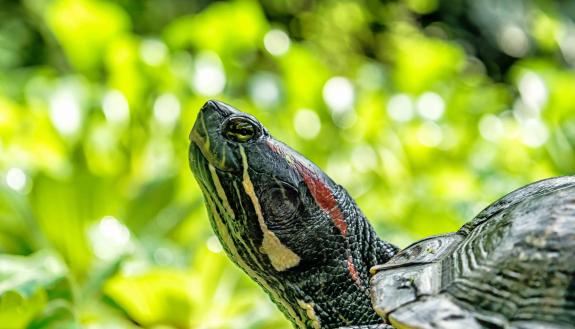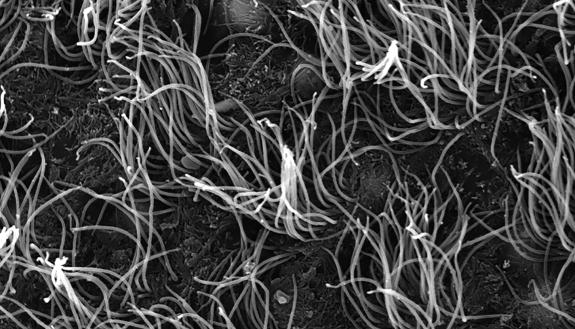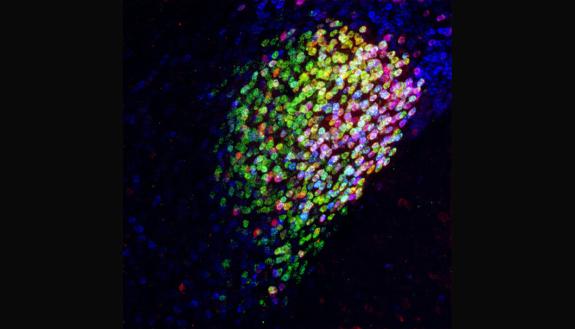
Cell Biology


April 23, 2020
Price, Kornbluth and Six Senior Faculty Join American Academy of Arts & Sciences
Read


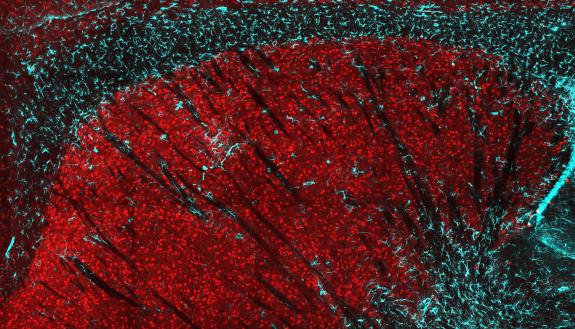

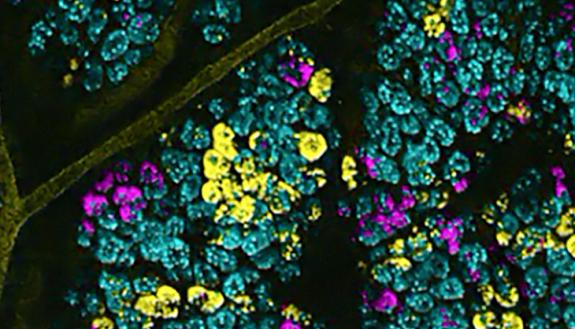
December 2, 2019
Innovative Model Allows Researchers to Watch Cancer Cells Spread in Colon Before Cancer Is Even Detected
Read on Duke Health News
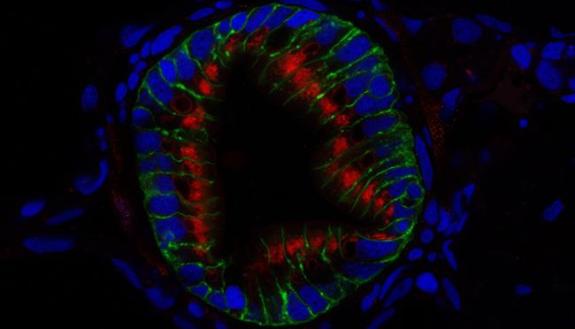
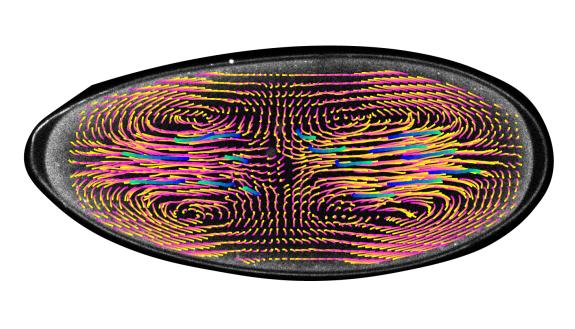
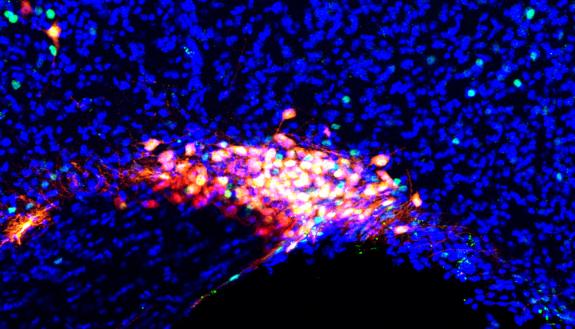
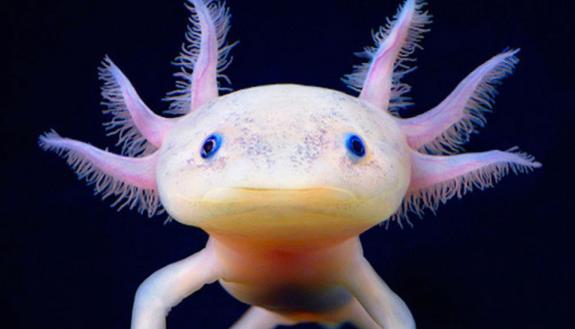
February 25, 2019
We Can’t Regrow Limbs Like Deadpool, But This Creature Can
Read on Duke Research Blog
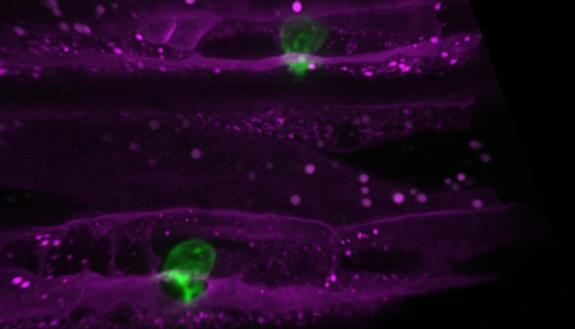
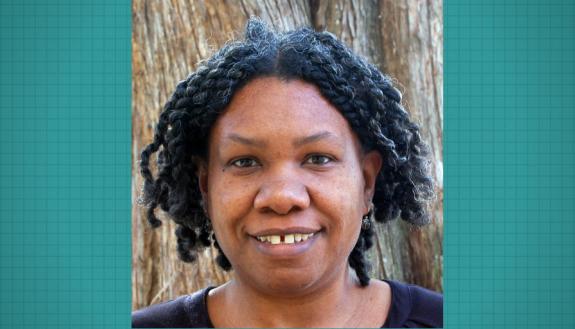
September 5, 2018
Cell Biologist Muses On the Value of a Summer of Study Away from the Bench
Read on Interdisciplinary Studies
